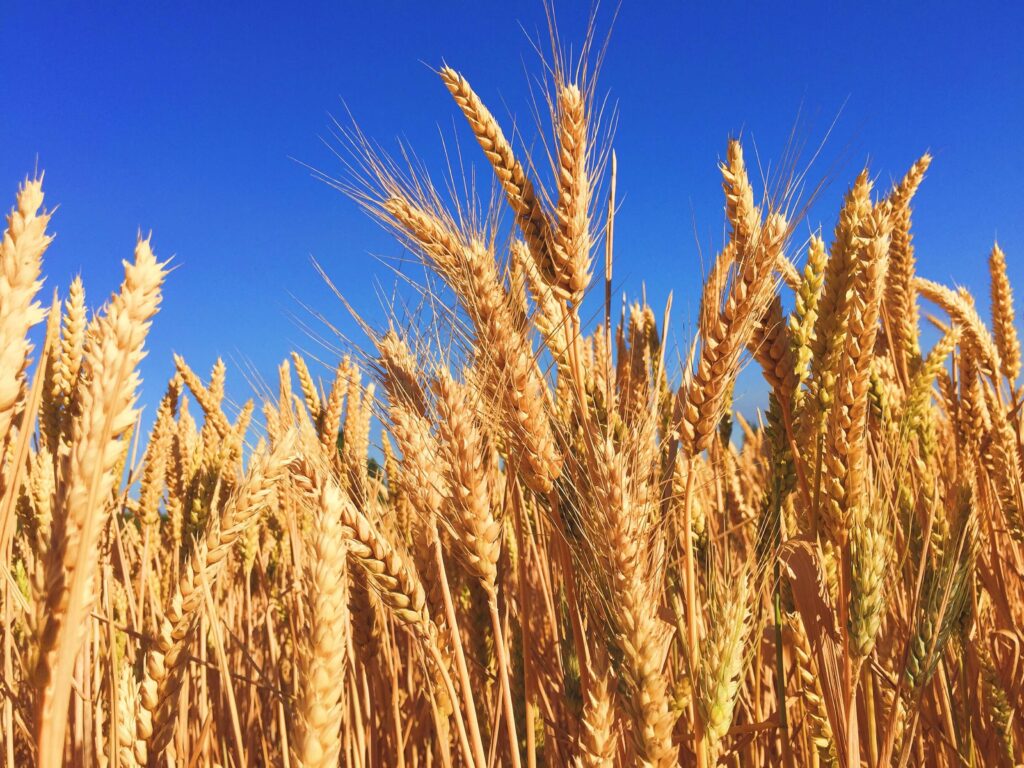Eggs are a crucial part of the daily diet for millions of people in Pakistan, providing an affordable and nutritious source of protein. However, the fluctuating egg price in Pakistan has been a cause for concern for consumers and producers alike. This article aims to explore the factors that influence the egg price, analyze the trends over the years, and discuss strategies to ensure stability in the market.
Overview of the Poultry Industry in Pakistan
Contents
Pakistan’s poultry sector has seen rapid growth over the last few decades, becoming an essential part of the country’s agricultural landscape. The poultry industry contributes significantly to the national economy and has created employment opportunities for millions of people. Currently, the sector is fulfilling more than 50% of the nation’s protein requirements.
Current Egg Prices in Pakistan
Last Updated on Aug 1, 2023. We want to make sure you have the most up-to-date information on prices.
As of August 2023, the egg prices in Pakistan have continued to experience fluctuations due to various factors discussed earlier in this article. Here is an overview of the current egg prices across different regions in the country:
| Region | Average Egg Price (PKR per dozen) |
|---|---|
| Karachi | 280 |
| Lahore | 280 |
| Islamabad | 276 |
| Peshawar | 348 |
| Quetta | 324 |
| Hyderabad | 384 |
| Multan | 280 |
| Faisalabad | 280 |
Please note that these prices are subject to change and can vary from one retailer to another. The table above shows the average egg prices per dozen in PKR for different regions in Pakistan as of August 2023. It is essential to keep an eye on the market trends and government policies to stay updated on the egg prices in the country.
Furthermore, it’s crucial for the government and relevant stakeholders to work together in implementing strategies to stabilize egg prices, ensuring that this vital source of protein remains accessible and affordable for consumers across Pakistan.
Discover the cost of dairy products in Pakistan by reading our article on Milk Prices.
Factors Affecting Egg Prices in Pakistan
There are several factors that influence the egg price in Pakistan, which include seasonal factors, production costs, government policies, and demand and supply dynamics.
Seasonal Factors
Egg production is affected by seasonal changes in temperature, humidity, and daylight hours. In winter, the egg-laying capacity of hens decreases, leading to reduced egg supply and increased prices. Conversely, during summer and monsoon seasons, the supply increases, causing a drop in prices.
Production Costs
The cost of poultry feed, labor, electricity, and other overhead expenses significantly impacts the price of eggs. Any increase in these input costs will result in higher egg prices for consumers.
Government Policies
Government policies, such as taxes, subsidies, and import/export regulations, also affect the egg price in Pakistan. Changes in these policies can either increase or decrease the cost of egg production, ultimately influencing the market price.
Demand and Supply
The dynamics of demand and supply play a crucial role in determining the egg price. A higher demand for eggs, coupled with limited supply, results in increased prices, whereas a surplus in egg production leads to lower prices.
The Impact of Rising Egg Prices on Consumers and Producers
Rising egg prices have a direct impact on both consumers and producers. Consumers face financial strain due to the increased cost of this essential dietary item. On the other hand, producers may experience reduced profit margins if the increase in egg prices is due to higher production costs.
Strategies to Stabilize Egg Prices in Pakistan
To ensure stability in the egg market, the following strategies can be implemented:
- Enhance Poultry Production: Promote modern poultry farming techniques and improve poultry breeds to increase overall egg production. This will help in meeting the growing demand for eggs and stabilize prices.
- Government Support: The government should provide subsidies and incentives to poultry farmers to reduce their production costs, which will ultimately benefit consumers through lower egg prices.
- Diversify Feed Sources: Encourage the use of alternative and cost-effective feed sources to reduce the dependency on imported feed and lower overall production costs.
- Cold Storage Facilities: Invest in cold storage facilities to preserve surplus egg production during periods of high supply, which can be released into the market during periods of low supply, thereby ensuring price stability.
- Import/Export Policies: Review and amend import/export policies to ensure a balance between domestic production and international trade, which will help in stabilizing the egg price in the local market.
Conclusion
The egg price in Pakistan has been a subject of concern for both consumers and producers due to its fluctuating nature. Understanding the factors affecting the egg price, such as seasonal changes, production costs, government policies, and demand-supply dynamics, is crucial in addressing this issue. Implementing strategies to stabilize the market and ensure a steady supply of affordable eggs will not only benefit consumers but also promote the growth and sustainability of the poultry sector in Pakistan.



